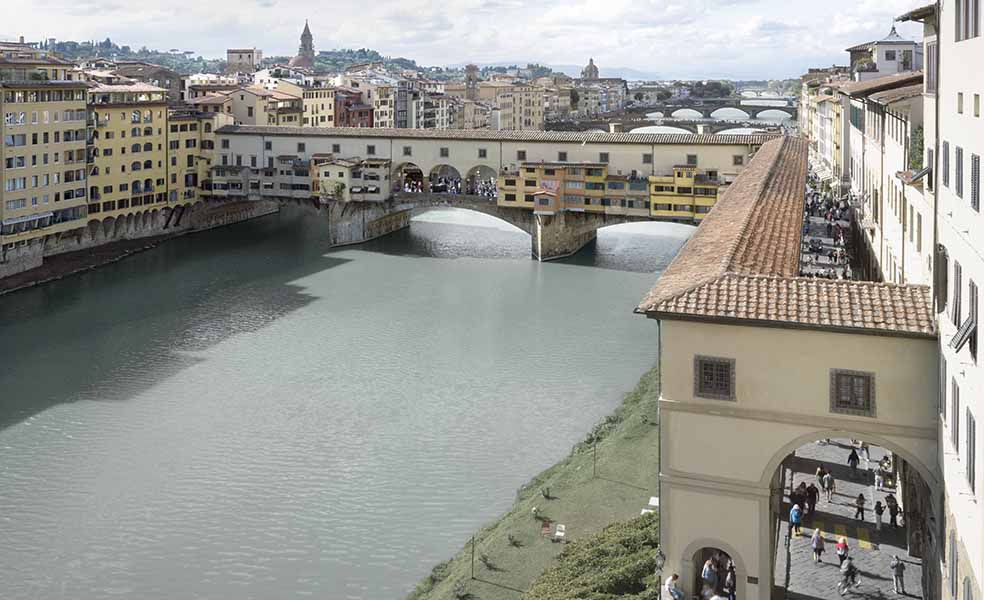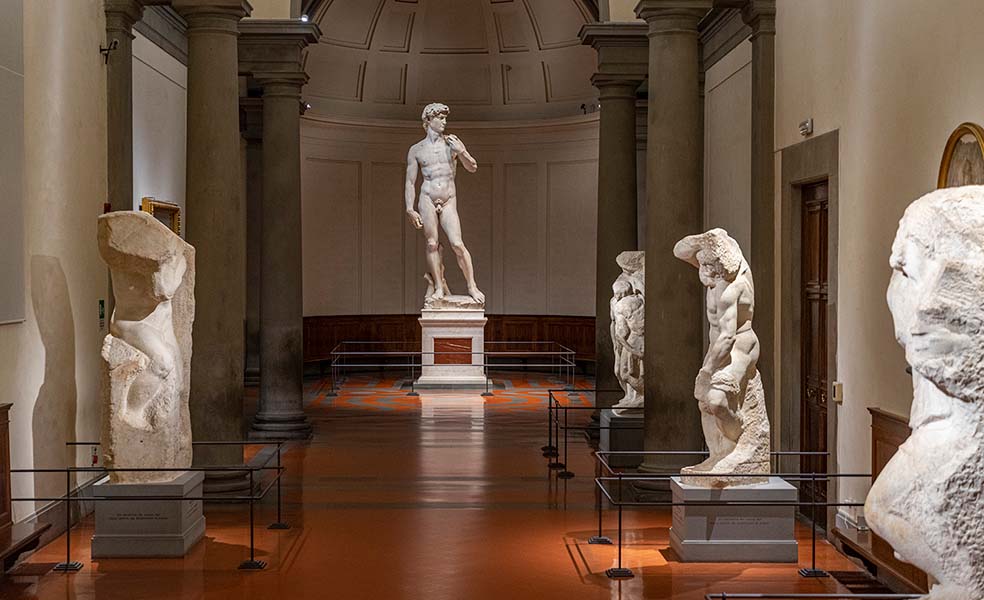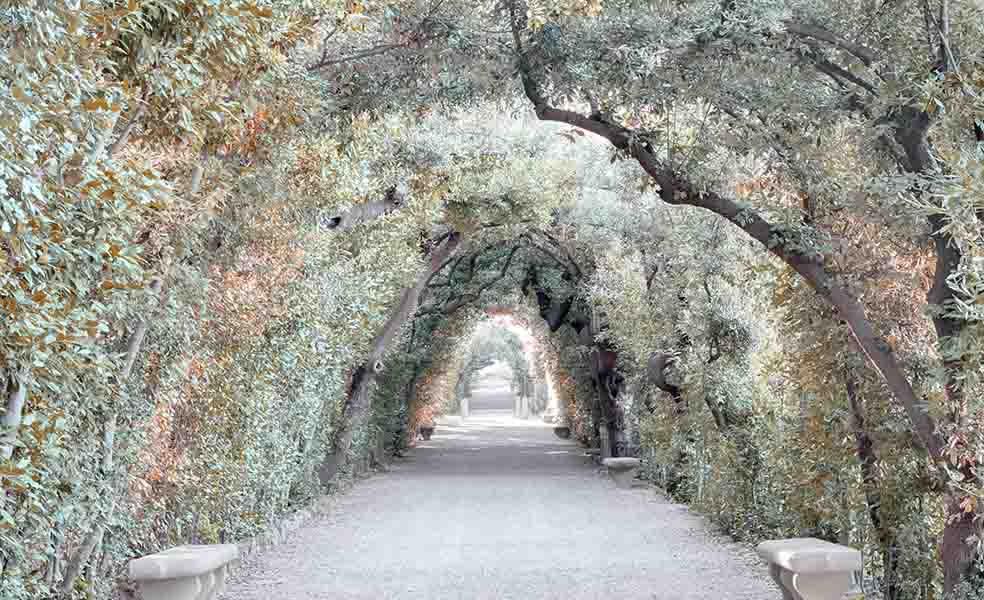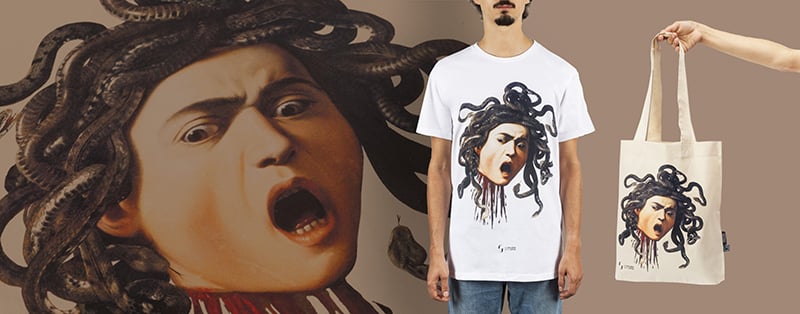Home / Museums / Museo Galileo
Museo Galileo
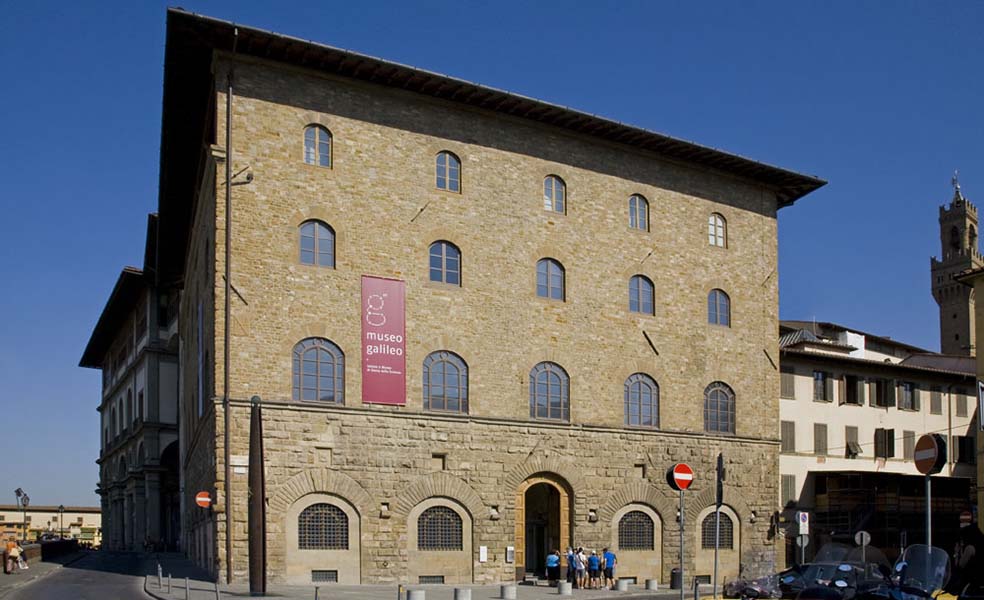
The Museum
The Museo Galileo is one of the leading international institutions active in scientific museography, in the production of initiatives for the dissemination of scientific culture and in documentation and research activities in the field of the history of science and technology. Its extraordinary collections include ancient scientific instruments collected over some four centuries by the Medici and Lorraine families, including all of Galileo’s original instruments that have come down to us.
It has a rich specialised library and an archive that preserves precious funds for the history of science in general and for the history of science in Tuscany and Florence in particular. The website offers multiple resources for historical-scientific research, including a vast collection of digitised works. The Museum publishes specialised monographs and two internationally distributed journals: Nuncius and Galilæana. It participates in important research projects in collaboration with prestigious international institutions; it organises conferences and exhibitions on topics in the history of science and on the relationship between science, technology and art.
The Collections
The instrument collections of the Museo Galileo in Florence are among the most important in the world. These collections preserve eloquent testimony to the promotion of scientific research exercised, first, by members of the Medici dynasty, then, by the Lorraine Grand Dukes.
Mon, Wed, Thu, Fri, Sat, Sun: from 9.30am to 6pm
Tue: from 9.30am to 1pm
1 January and 25 December
1-2 hours
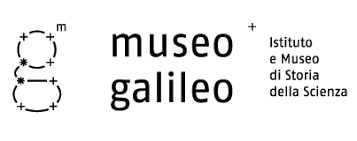
Books and guides
No products were found matching your selection.
Merchandise
No products were found matching your selection.
Related museums
From €12,00
The birth of the Gallery dates back to 1784, when the Grand Duke of Tuscany Pietro Leopoldo reorganised the ancient Accademia delle Arti del Disegno, founded in 1563 by Cosimo I de’ Medici, into the modern Accademia di Belle Arti. The new institution was to house a collection of ancient and modern paintings and sculptures in order to facilitate knowledge and study for the Academy’s young students.
Average visit time:
1-2 hours


